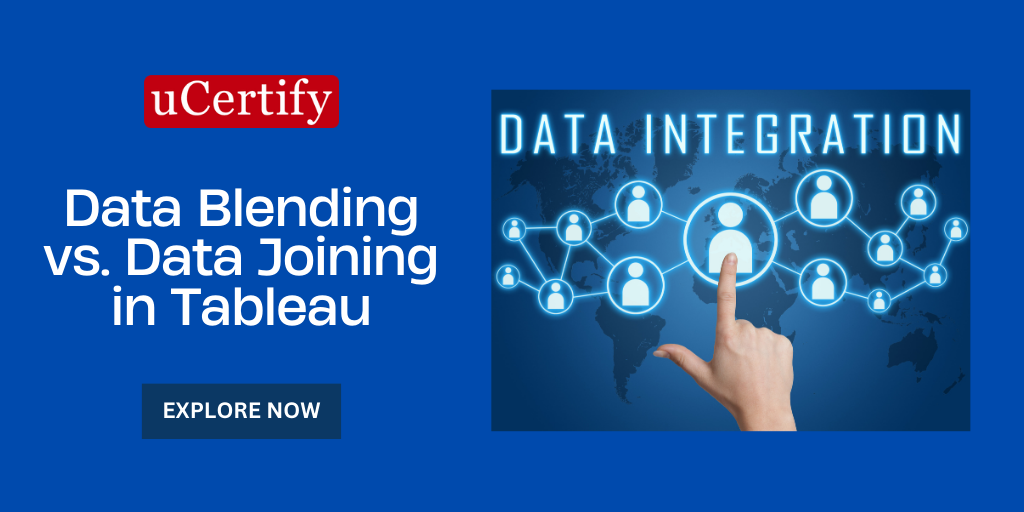_000wdX.png)
Cloud computing has revolutionized the way businesses and individuals store, process, and access data. As we look to the future, several exciting trends are emerging that will shape the next era of cloud technology. Let’s explore some key developments we can expect in the coming years.
1. AI and Machine Learning Integration
Artificial Intelligence (AI) and Machine Learning (ML) will become increasingly integrated with cloud services. Cloud providers will offer more sophisticated AI/ML tools, making these technologies more accessible to businesses of all sizes. This integration will enable more intelligent data analysis, automated decision-making, and predictive capabilities across various industries.
2. Edge Computing Growth
As Internet of Things (IoT) devices proliferate, edge computing will gain prominence. This approach brings computation and data storage closer to the data sources, reducing latency and bandwidth use. We’ll see more hybrid solutions that combine edge and cloud computing, optimizing performance for real-time applications like autonomous vehicles and smart cities.
3. Quantum Computing as a Service
While still in its early stages, quantum computing is poised to make a significant impact. Major cloud providers are likely to offer Quantum Computing as a Service (QCaaS), allowing organizations to experiment with and leverage this powerful technology without massive upfront investments.
4. Enhanced Security Measures
As cyber threats evolve, cloud security will become even more robust. We can expect to see advancements in areas such as:
- Zero-trust security models
- AI-driven threat detection and response
- Improved data encryption techniques
- Blockchain integration for enhanced data integrity
5. Sustainable Cloud Computing
Environmental concerns will drive the development of more energy-efficient data centers and the use of renewable energy sources. Cloud providers will increasingly focus on reducing their carbon footprint, leading to ‘greener’ cloud services.
6. Serverless Computing Expansion
Serverless computing will continue to grow, allowing developers to focus solely on writing code without worrying about infrastructure management. This trend will lead to more efficient resource utilization and cost savings for businesses.
7. Multi-cloud and Intercloud Strategies
Organizations will increasingly adopt multi-cloud strategies to avoid vendor lock-in and optimize performance. We’ll also see the rise of intercloud platforms that allow seamless data and workload movement between different cloud providers.
8. Augmented and Virtual Reality Cloud Services
As AR and VR technologies mature, cloud providers will offer specialized services to support these compute-intensive applications. This will enable more immersive experiences in fields like gaming, education, and remote collaboration.
9. Improved Data Analytics and Big Data Processing
Cloud platforms will offer more advanced tools for processing and analyzing massive datasets. This will empower businesses to derive deeper insights from their data and make more informed decisions.
10. Automated Cloud Management
AI-driven automation will play a larger role in cloud management, handling tasks such as resource allocation, performance optimization, and problem resolution with minimal human intervention.
As cloud technology continues to evolve, it will be crucial for businesses and IT professionals to stay informed and adapt to these changes to remain competitive in the digital landscape.
Preparing for the Future with uCertify
As we look ahead to these exciting developments in cloud computing, IT professionals and students need to stay ahead of the curve. The uCertify Cloud Computing Concepts, Technology, and Architecture course offers a comprehensive foundation to help you navigate the ever-changing cloud landscape.
This course covers:
- Core cloud computing concepts and principles
- Various cloud service and deployment models
- Cloud architecture design and implementation
- Security considerations in cloud environments
- Best practices for cloud migration and management
By mastering these fundamentals, you’ll be well-equipped to understand and leverage emerging trends in cloud technology. The course provides hands-on labs and real-world scenarios, allowing you to gain practical experience with current cloud platforms while preparing you for future innovations.
If you are an instructor, avail the free evaluation copy of our courses, and If you want to learn about the uCertify platform, request the platform demonstration.
P.S. Don’t forget to explore our full catalog of courses covering a wide range of IT, Computer Science, and Project Management. Visit our website to learn more.


_0010gg.webp)


No Comments Yet
Be the first to share your thoughts on this post!